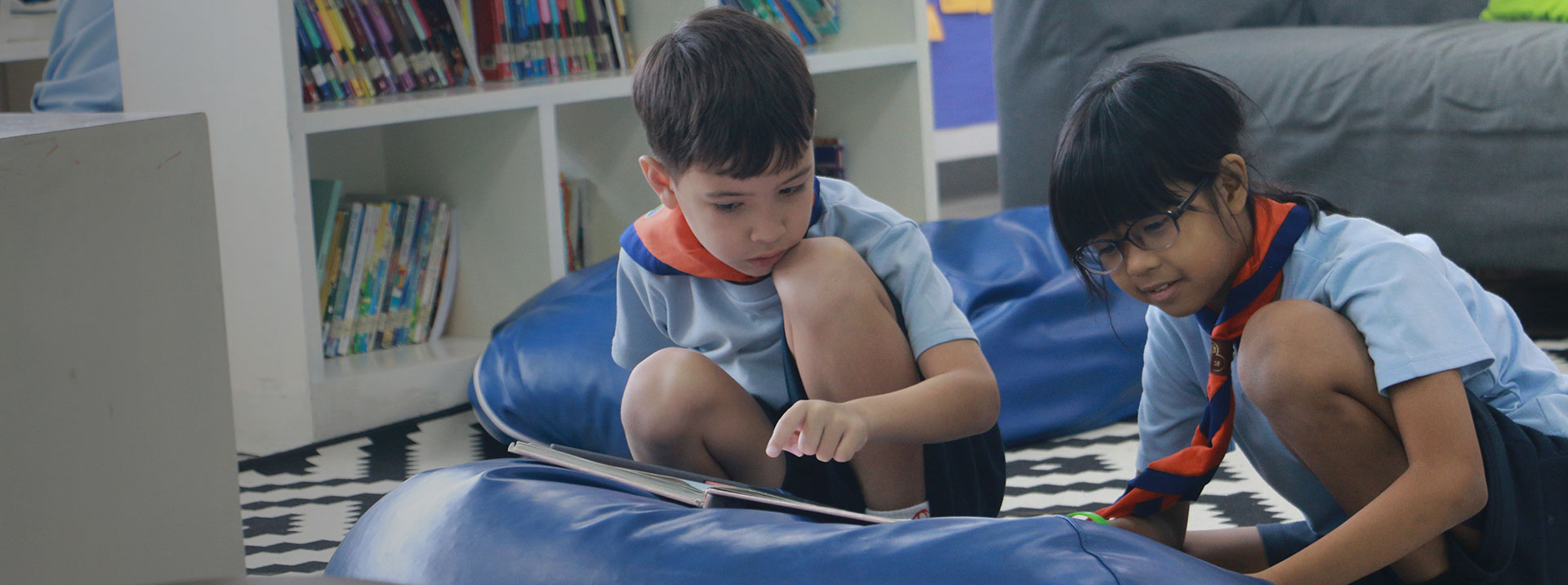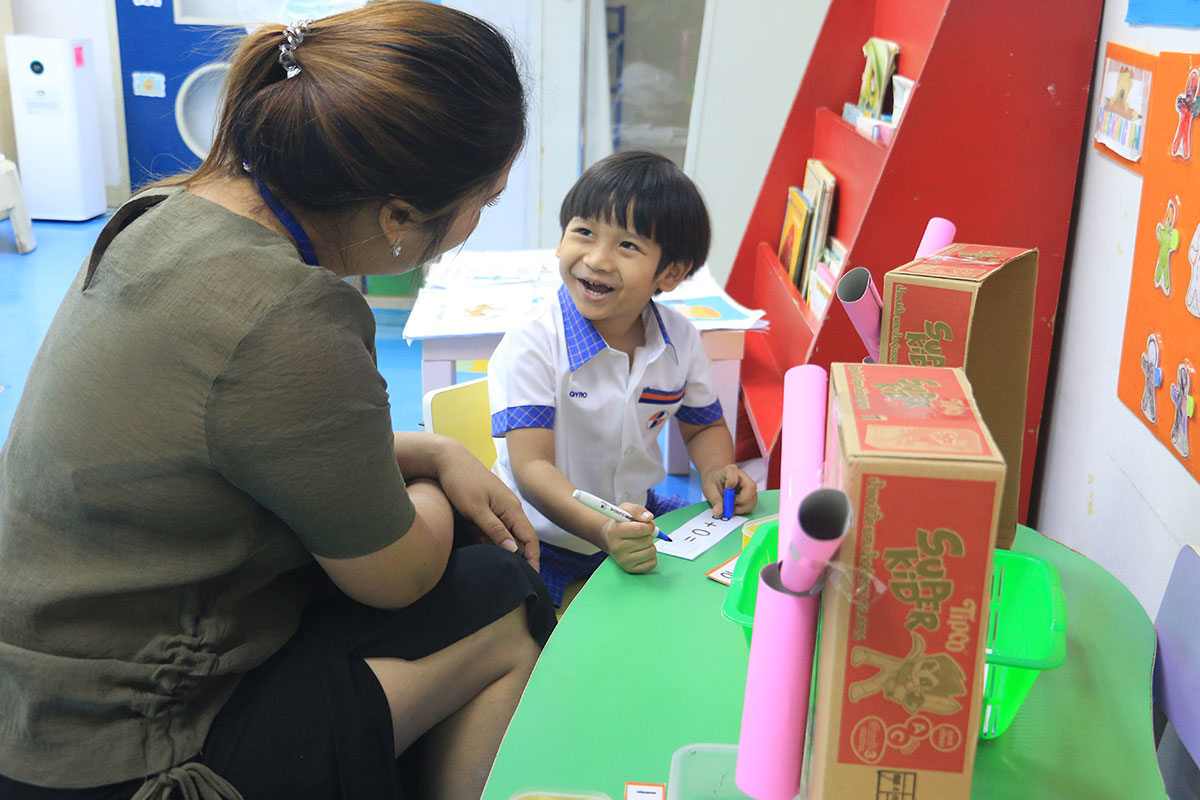Adolescent Readers
Reluctant readers: Some strategies for helping adolescents to savour reading stories.
Teachers at Satit Bilingual School know from experience that students who have developed a ‘reading habit’ have stronger competencies in English writing than those who might be classified as ‘reluctant readers’. We have discussed the reasons for this fact in previous articles. It isn’t a mystery!
However, some adolescents have not yet developed a reading habit. They are ‘reluctant readers’. They have been busily discovering many new interests and preferences. They are transitioning from being children into being teenagers, a process brought on by hormonal changes.

Nonetheless, in the case of learners in bilingual schools, in addition to becoming more confident as writers of their first language, be it Thai, Chinese or Japanese, for example, they are expected to acquire writing skills in a second language such as English. Fortunately, teachers in the Chiang Mai World School have in their teaching ‘tool kits’ some strategies to lure teenagers into becoming readers. The expression, ‘you never know if you don’t try’ is most appropriate.
Here are four strategies that secondary school teachers have found effective:

• Learning English through the lyrics of popular songs.
Teachers of adolescents should encourage discussion of recent songs that are available on YouTube or Vimeo. Both sites have large libraries of popular English music videos, in which the lyrics have English subtitles. Lyrics.com and Smart Lyrics.com have a feature that makes it possible for students to hover over a word which causes the video to pause and a pop-up provides a definition in English of the word.
• Movies with English sub-titles.
In-class discussion of movies, both new releases and the ‘classics’ can stimulate interest in this entertainment medium. Invite students to share video clips of exciting scenes which they found particularly exciting.
• Establish an in-class reading period.
Teachers could set aside 15-20 minutes per week to promote ‘reading for pleasure’. Three scenarios: 1) teachers read interesting passages from a novel which is particularly suitable for teenagers, 2) encourage students to do the same: read a few passages to classmates from a book they are now enjoying, and 3) construct a wall chart on which readers could post titles of books they enjoyed reading, and enough space for the inclusion of a few personal reasons why they found the book so enjoyable.

• Books are books.
It’s okay for teenagers to choose EASY books in the early stages of becoming a reader – books from the many collections of ‘Graded Readers’. And comic books are okay, too. Magazines are okay. Students should be reminded that they don’t have to finish books if they find the contents boring, for example. Yes, stories can become boring! Finally, teachers should find a way to celebrate those students who have read a whole book for the first time!
Satit Bilingual School of Rangsit University is truly a World Class School. Children are introduced to the pleasures of reading stories from an early age; adolescents who have not yet developed a reading habit are encouraged to do so. And parents of teenage children are encouraged to provide an allowance for the purpose of adding new titles to their home libraries. Could some of the titles be of stories written in the family’s home language?
Dr. Apiramon Ourairat, Chief Executive Officer
Satit Bilingual School of Rangsit University